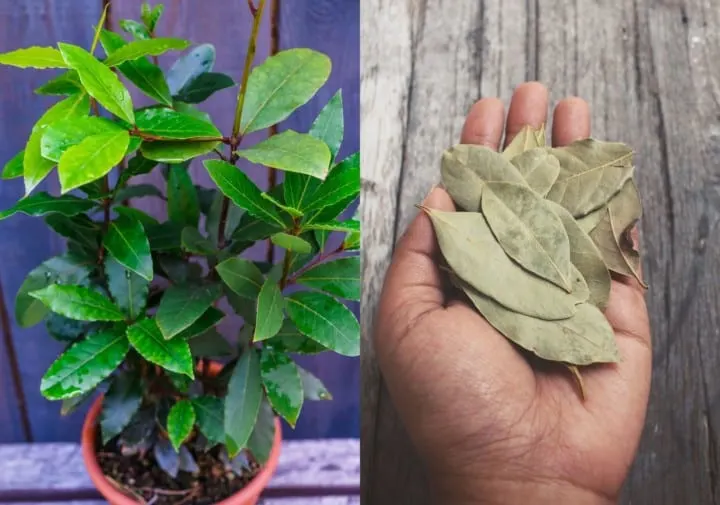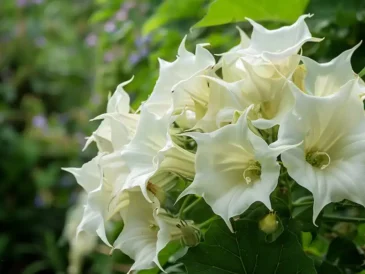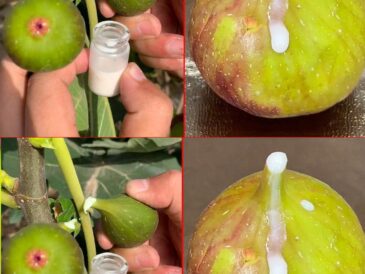Bay tree (Laurus nobilis) can be a fantastic addition to your home or garden.
Not only is bay an evergreen that will look good all year round, it also provides an edible yield for your garden.
The leaves can be used as a flavoring herb in a range of recipes and can also be utilised in many other useful ways.
Choosing A Bay Tree Variety For Your Garden
Bay is usually purchased as small shrubs or small trees from a garden center or plant nursery. While it can be propagated from seed this can be a time-consuming process.
Laurus nobilis is the most common cultivar, also often referred to as bay laurel. This is a bay tree which is used for culinary purposes.
There are also another few bay varieties that you might encounter.
The first of these is Laurus nobilis ‘Aurea’ – an ornamental variant with golden-yellow leaves. The second is Laurus nobilis ‘Undulata’, which has wavy edged leaves. A third type is willow-leaved laurel, Laurus nobilis f. angustifolia. This one has thinner leaves, but these are still edible.
Is a Bay Tree the Right Choice For You?
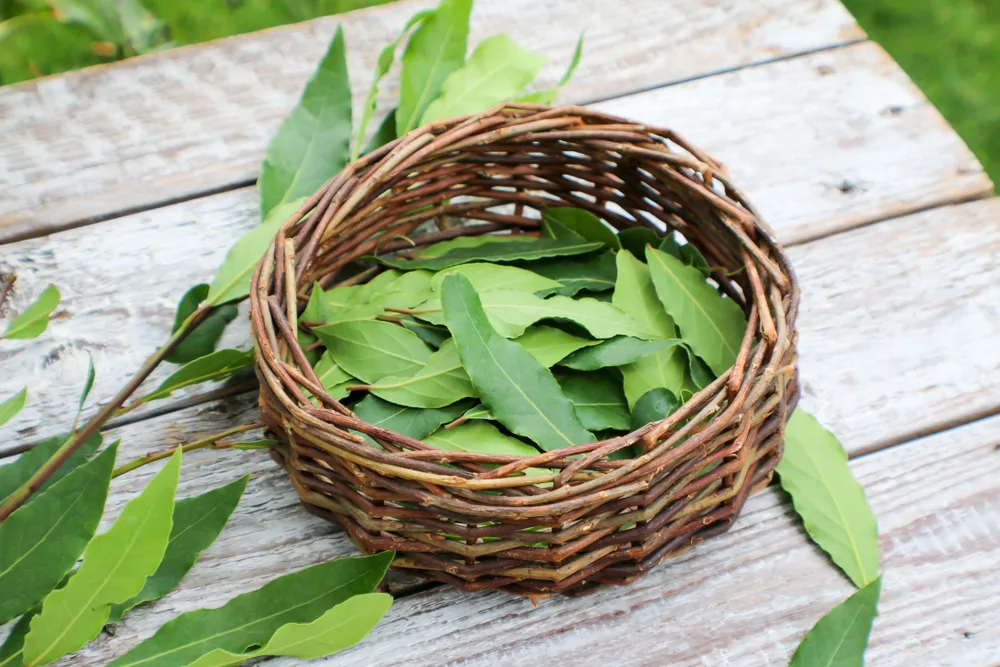
Have You Got the Right Temperatures for Bay?
Bay can be a good choice for many gardens and situations. But it is important to make sure that a bay tree is the right choice for where you live.
They are generally hardy down to -5 degrees C. (23 degrees F.) but can withstand somewhat colder temperatures if they are placed in a sheltered position. If you live in a particularly cold winter area, then bay could be more difficult to grow. However, they will generally grow well in US hardiness zones 5-9.
Is Your Garden Prone to Waterlogging?
Another thing to bear in mind is that bay is rather intolerant of waterlogging. Bay can be grown in a range of soil types as long as they do not get waterlogged.
If grown in the ground it will require a well-drained soil. It can also be damaged by winter winds, and so if it will be exposed to these, should be grown in a sheltered spot.
Will Bay Like Your Soil?
Bay thrives in slightly acidic soil with a pH similar to that preferred by other Mediterranean herbs. If your soil is particularly alkaline in nature, you may find it easier to grow bay in containers rather than in the ground.
Do You Have Space for Bay?
Unlike most other herbs, bay will grow to create a small tree. It grows slowly, but can reach an eventual size of around 39ft x 32ft (12m x 10m), so if you plan to leave it unpruned and unchecked, this is worth bearing in mind when considering it for your garden.
Where to Grow Bay Trees in Your Garden
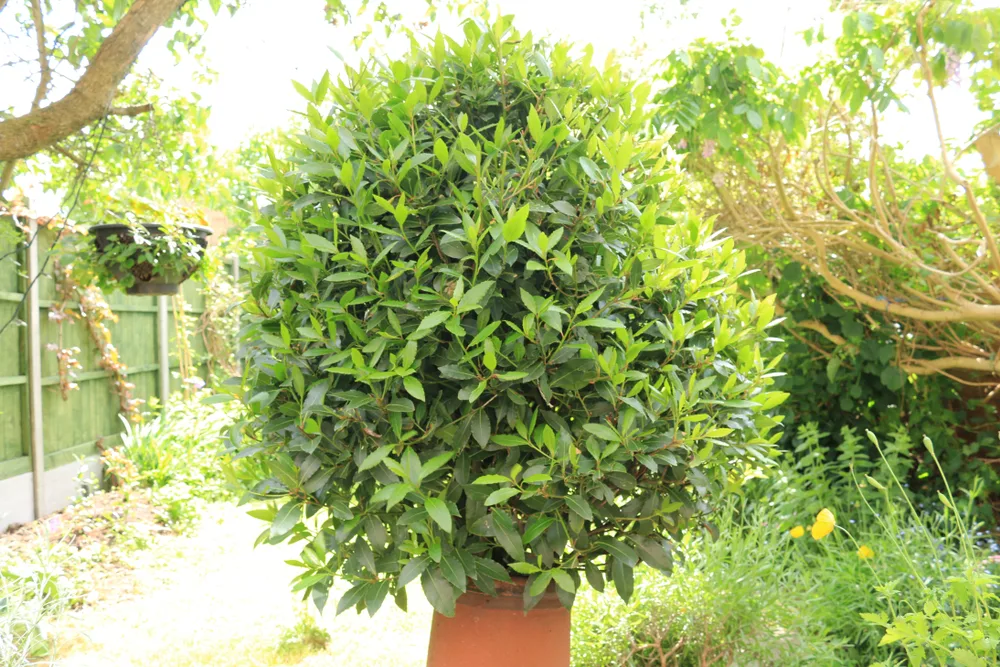
If the climate and soil conditions in your garden are suitable for growing a bay tree, then the next thing to consider is where in your garden your specimens should be placed.
Bay can be used as an individual specimen shrub or small tree, pruned to create topiary or hedging, or grown in containers.
You should choose a spot which is in full sun or dappled/partial shade, avoiding, of course, any particularly exposed areas, frost pockets, or areas prone to waterlogging.
Since you will be using bay in the kitchen, it may be helpful to have it close to your kitchen, where you can easily pick a leaf or two when required.
When & How To Plant A Bay Tree in Your Garden
Bay saplings or young plants are best planted out in the fall, or early spring, so they have a chance to become established before the heat of the summer.
If you are planting your bay tree in the ground, you should:
- Prepare the planting areas – adding organic matter to improve the drainage in heavy soils, or to improve moisture retention in sandy, very free-draining ones.
- Dig a hole that is as deep as the root ball on your bay tree and around twice as wide, to allow the roots to spread out.
- Place the bay upright in this hole, and gently fill in and tamp the soil around it, watering thoroughly though not excessively.
- Add a light mulch around your bay tree to help regulate soil moisture and temperature and discourage weeds which could complete with the young plant, though avoid heavy mulches that could hold too much water around the bay tree.
Growing Bay in Containers
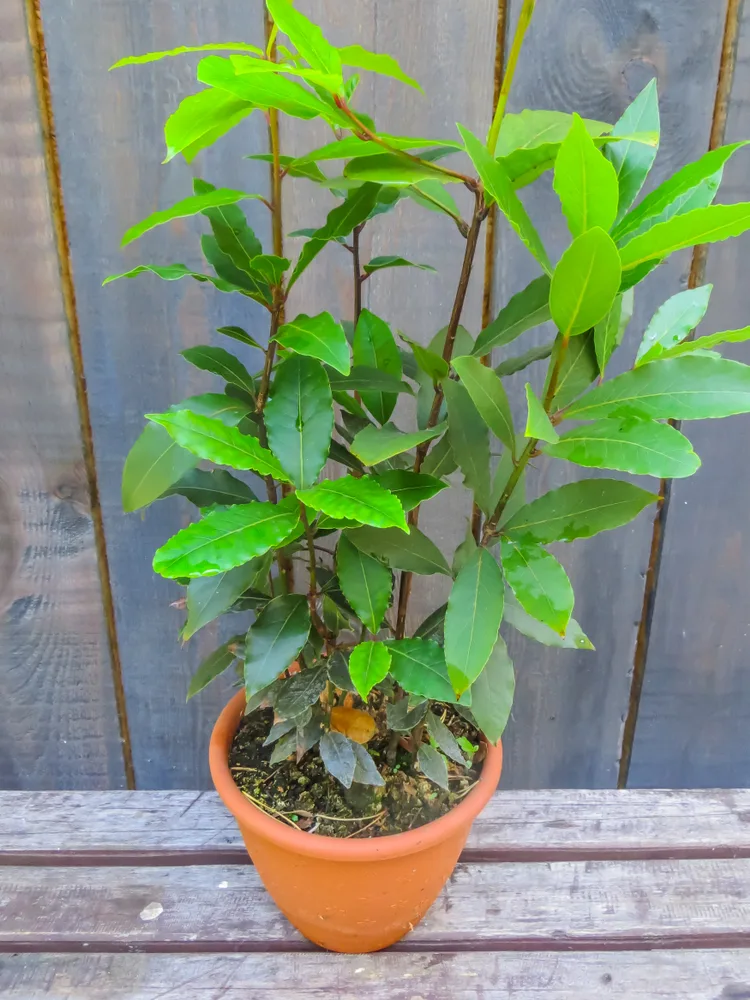
If the conditions are not ideal for in-ground growing in your garden, bay trees can also thrive when grown in containers. Here are a few tips to help you successfully grow a bay tree in a container:
- Use a free-draining medium in your container, adding grit to improve drainage.
- Water only moderately, taking care not to overwater.
- Use an organic liquid feed to replenish fertility over the late spring and summer.
- Replenish compost and tease off around a third of the roots, or re-pot your bay every couple of years.
- Protect your bay tree with fleece, or bring it under cover if temperatures fall below -5 degrees C.(23 F.). You can also protect roots in container plants in cold weather by covering the pots with bubble wrap or another insulative material.
Creating Bay Topiary or Hedging
Bay Topiary
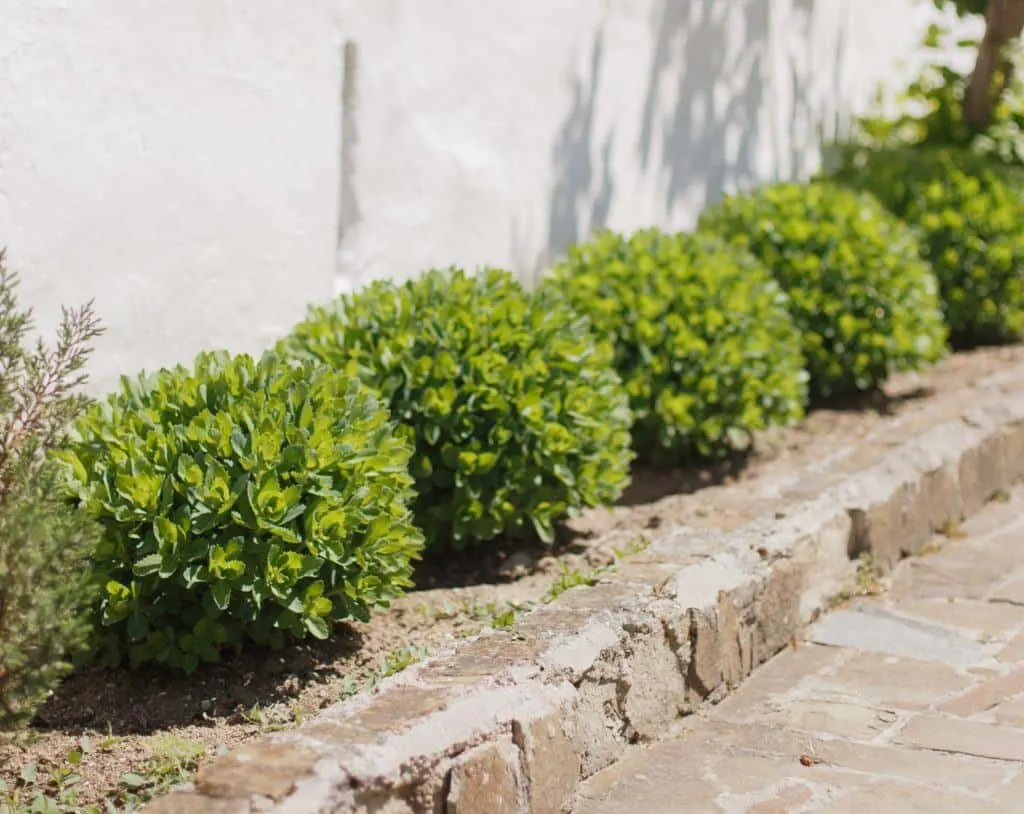
If you plan to create topiary, bay can be pruned and trained into a wide range of interesting shapes.
Typically, you can shape them as pyramids, balls or ‘lollipop’ standards, though some have also been ornately plaited or entwined in a spiral form, while others have created all sorts of animal or mythological forms from their bay trees.
Topiary trained bay trees are trimmed with sharp secateurs in the summer months. This helps to encourage a dense habit of growth, and to maintain the desired shape. New shoots should be pruned to a bud which faces in the direction in which you wish the growth to form.
CONTINUE READING IN PAGE 2
